Mecum’s annual Las Vegas auction is quite the spectacle for any lover of two-wheeled machines. The sheer volume of machinery offered at this iconic Vegas event is staggering. If the number of bikes rolling over the podium isn’t enough to make your eyes cartoonishly bulge out of your head, then consider the outstanding quality and rareness of their offerings. Here is a preview, only a tiny portion of what grabbed my attention and screamed “run the tires off of me!” Make sure to digitally thumb through the entire collection of nearly 1,600 bikes heading for the auction block January 2020:
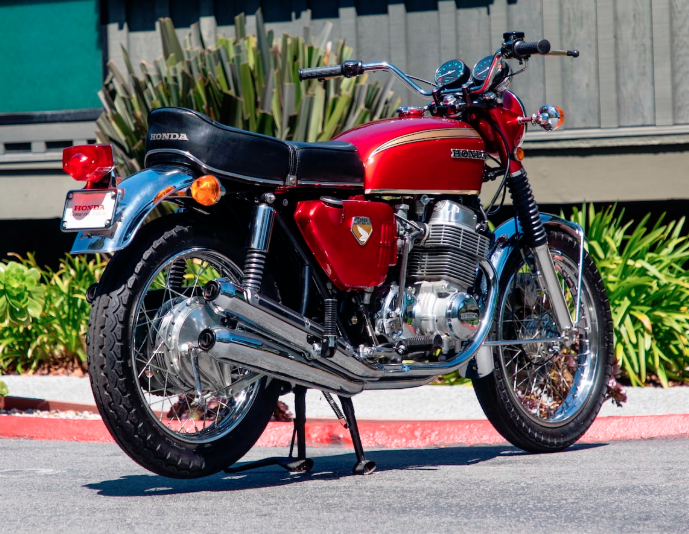
1959 Triumph Tiger Twin Custom
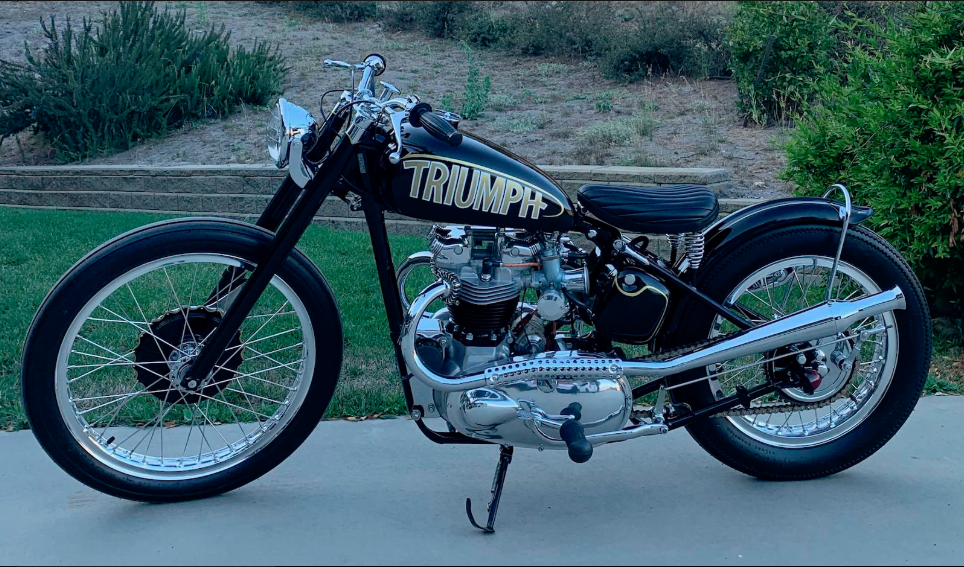
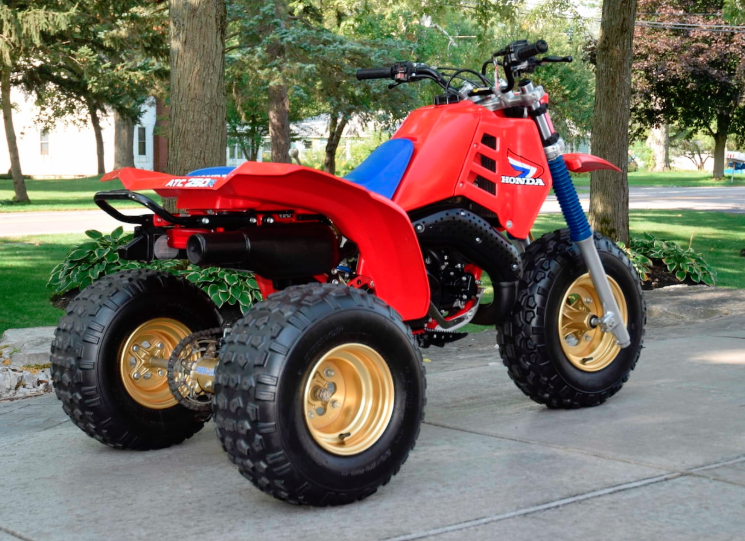
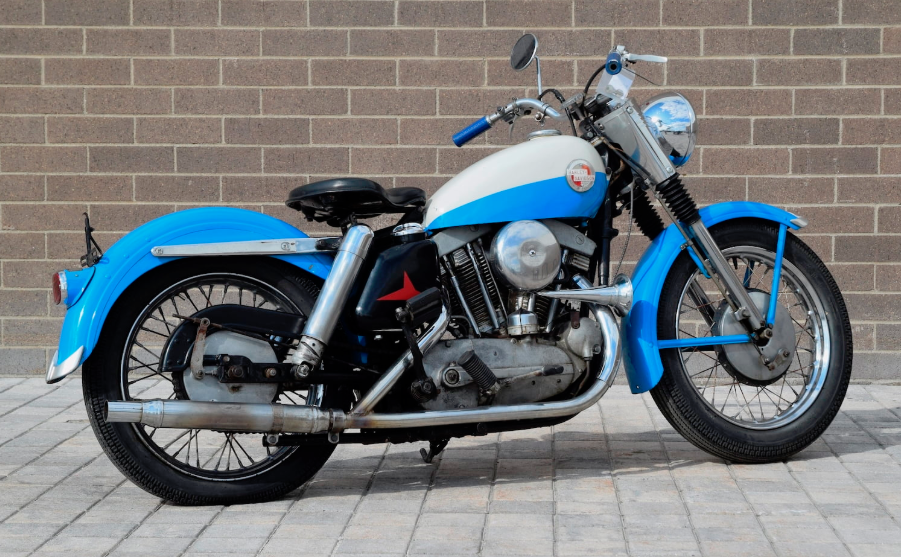
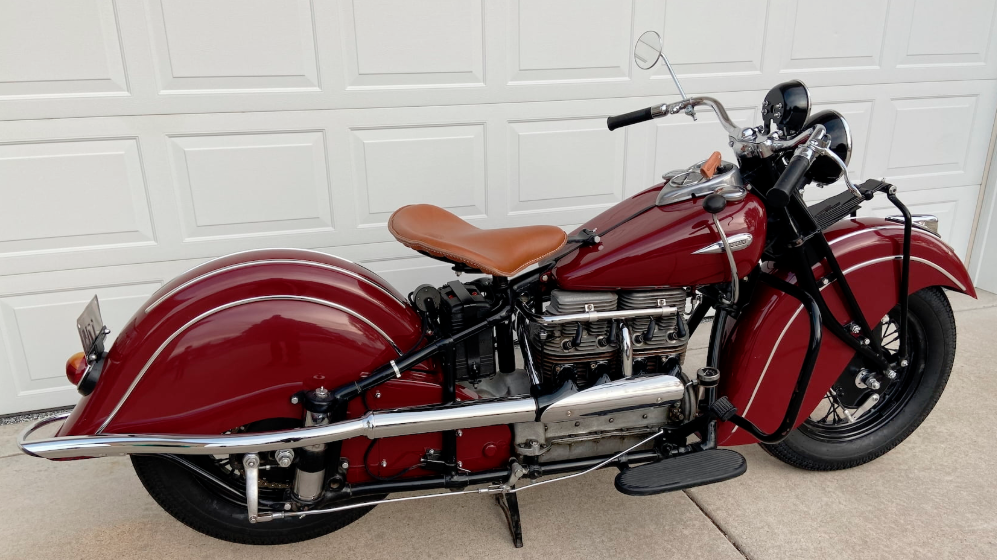
1940 Harley-Davidson EL Knucklehead “Greenie”
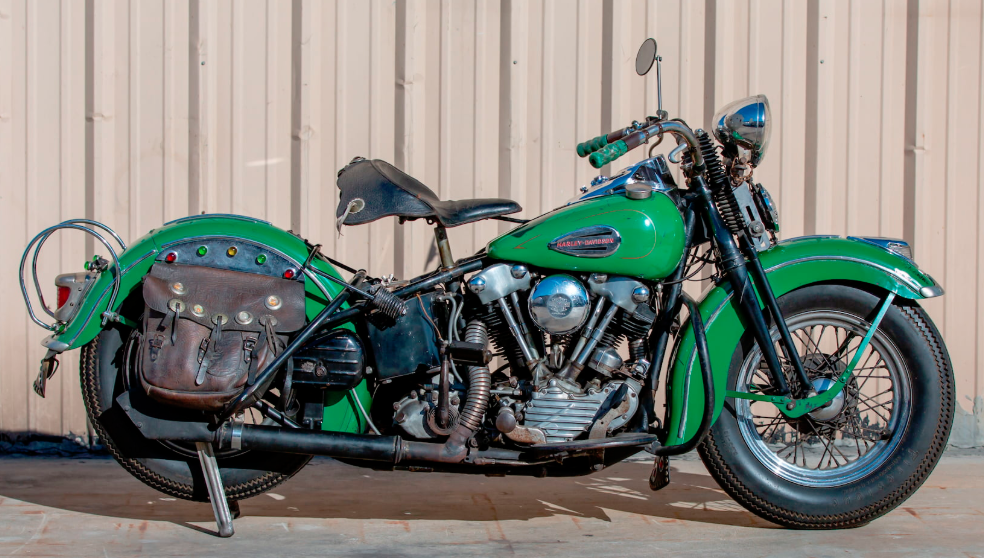
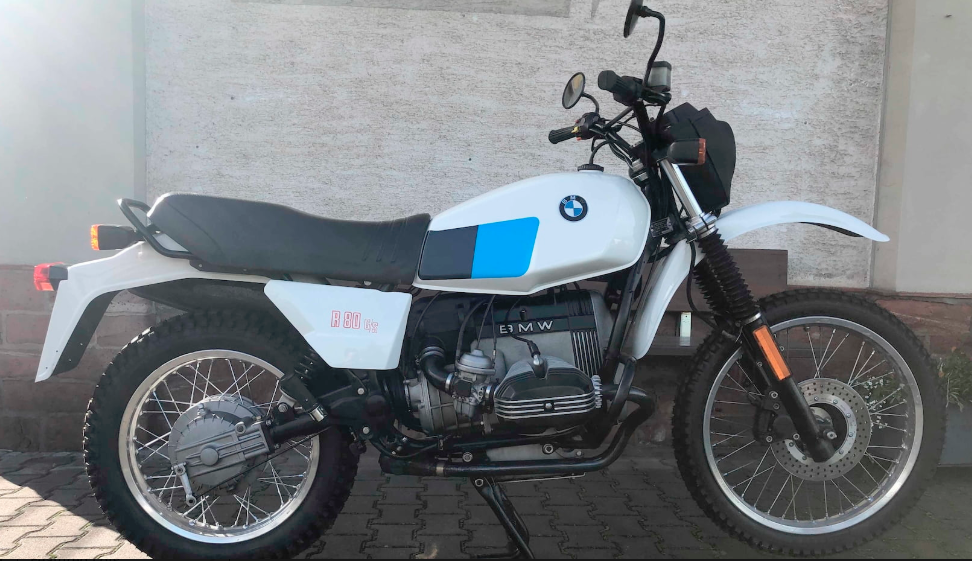
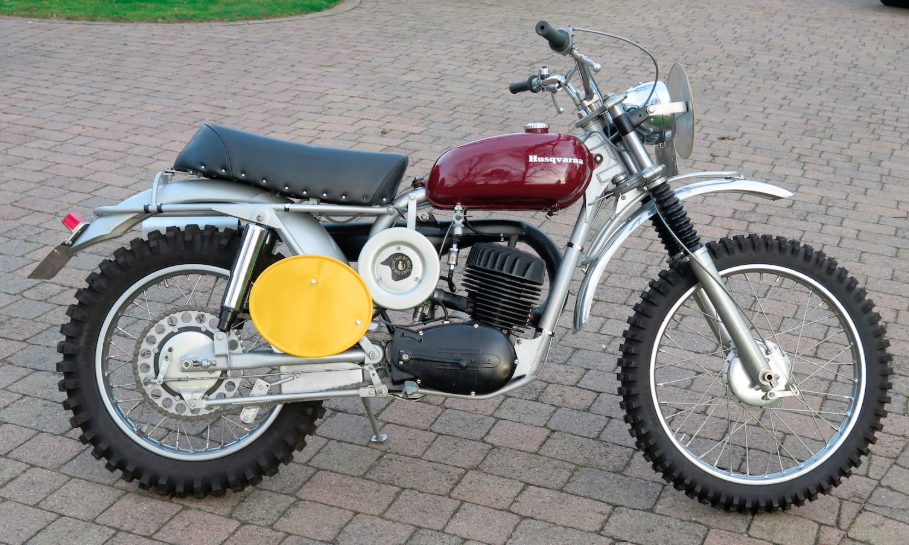
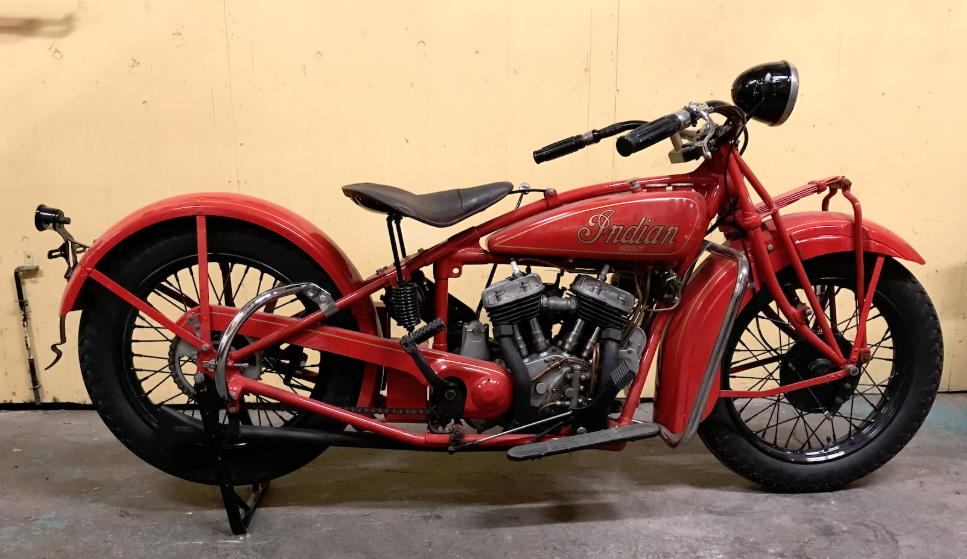
1966 BMW R60/2 With Steib Sidecar
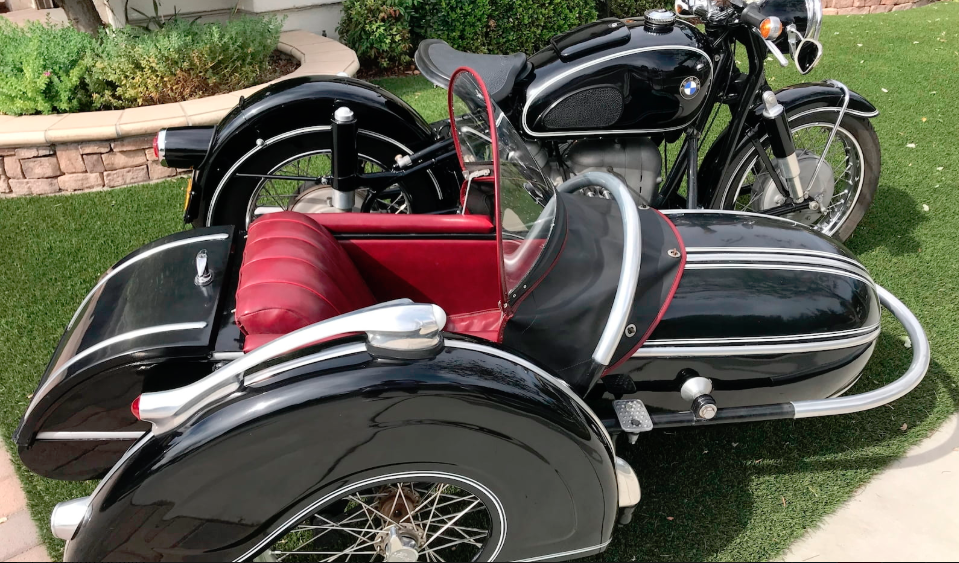
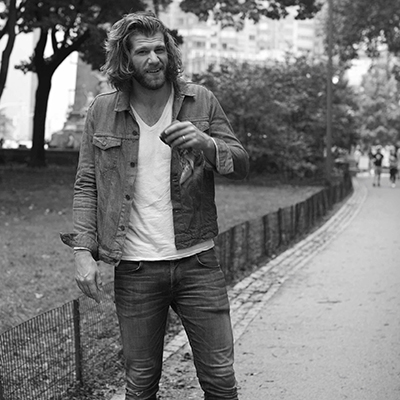
Related Posts
December 21, 2018
The Vintagent Selects: The MC Collection Of Stockholm // Mecum Las Vegas Motorcycles 2019
This is the MC Collection.

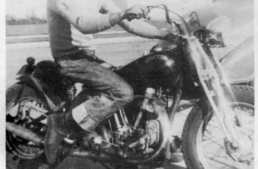
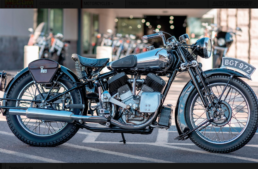
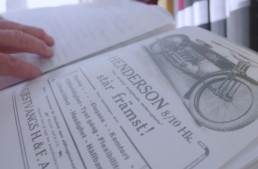
A great list, but the most interesting aspects of the auction for me has to be the fact that last years $200K+ result for the Ducati 750SS has drawn out 3 more for this year – will that flood what has to be a tiny market for such exotica? Also Bruno Spaggiari’s Z Stripe 750 Sport gifted to him by Taglioni after his Imola win has got to be the most exotic machine there.